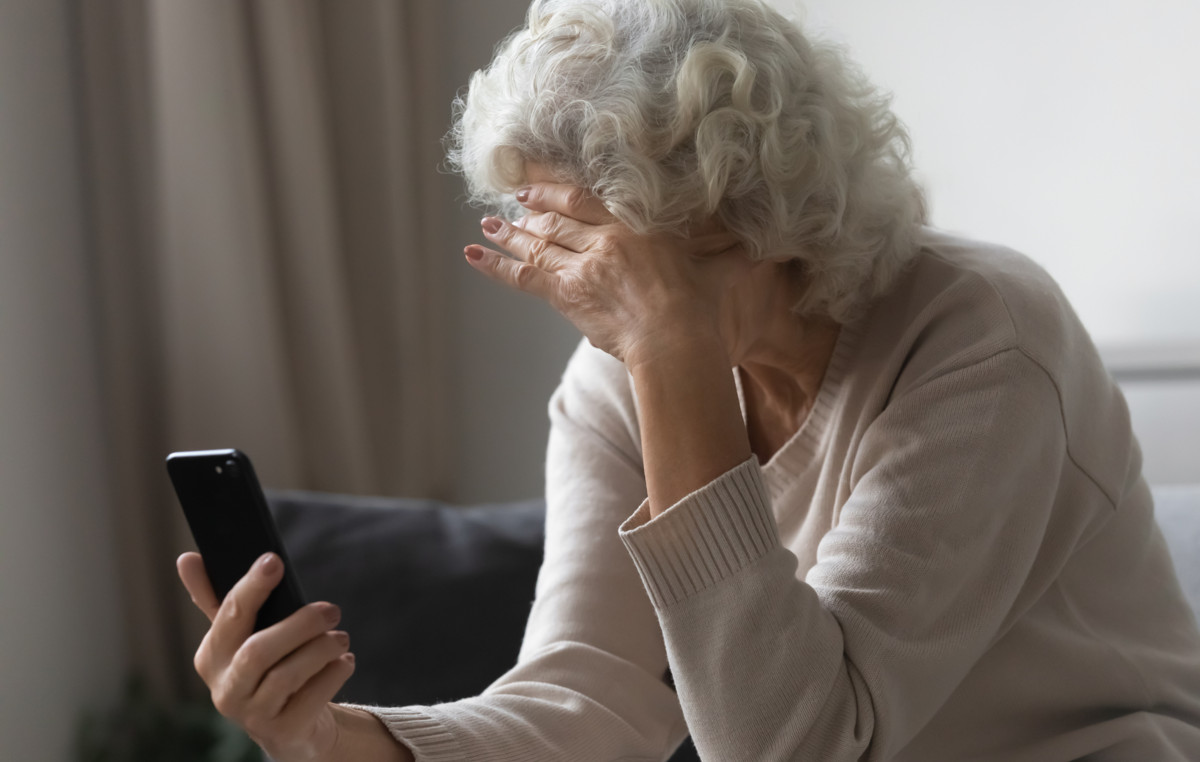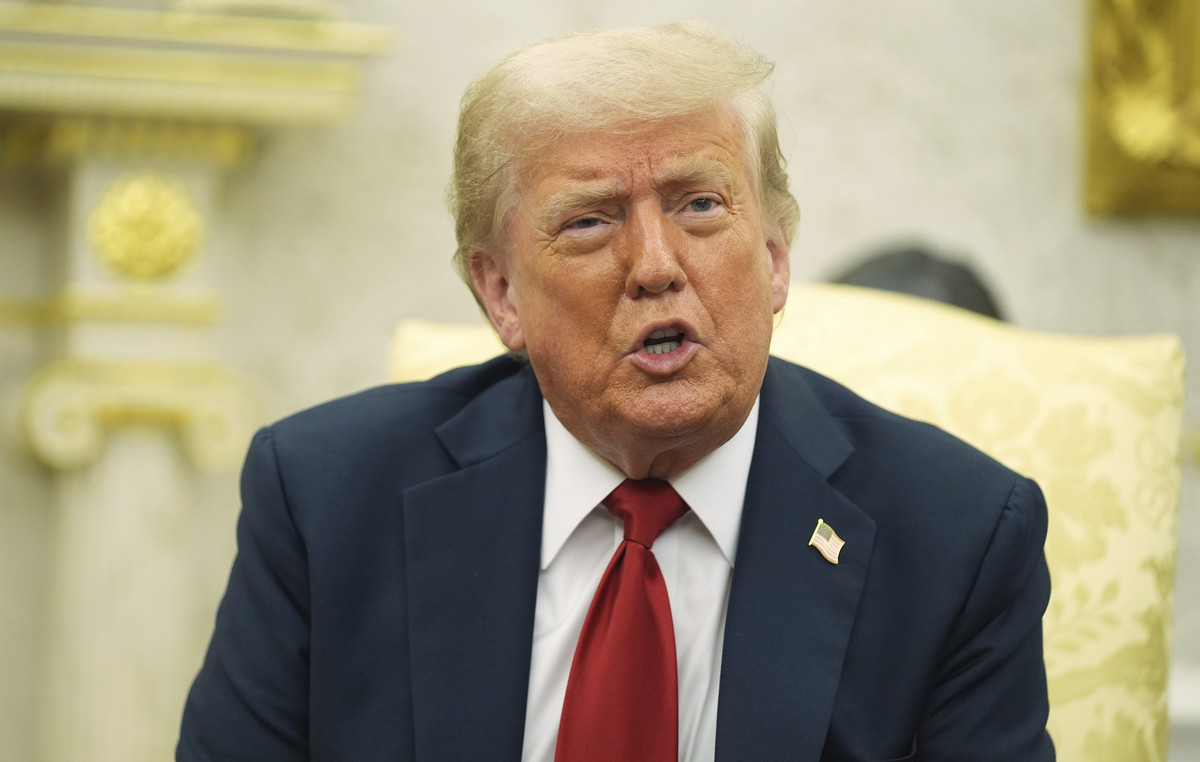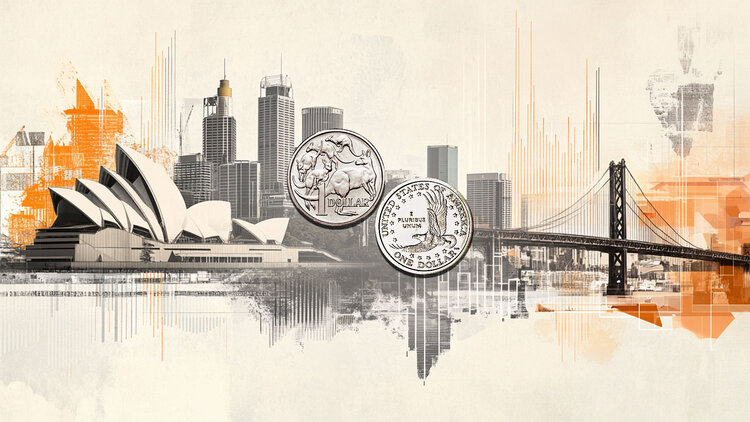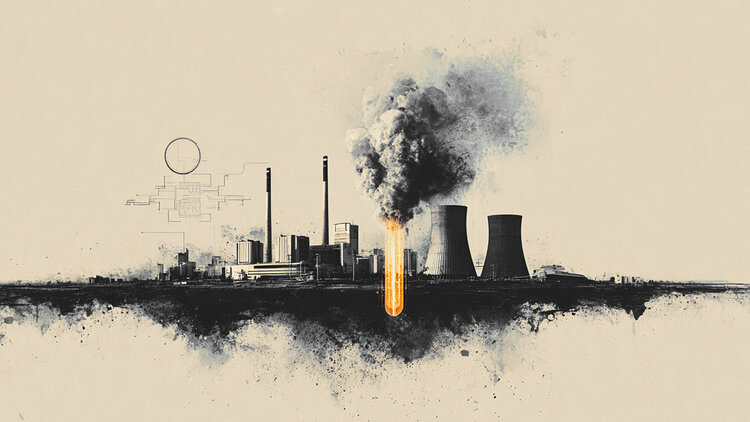O Ibovespa closed up 2.04%, at 105,892.22 points, this Thursday (4), its highest level since June 9, when it closed at 107,094 points.
already the dollar ended with a fall of 1.05%, quoted at R$ 5,222, its biggest daily devaluation in a week.
Both the index and the US currency were impacted by market reactions to the signaling of the Copom that it should end the cycle of high interest rates coming soon. The Ibovespa was also positively affected by the positive performance of foreign exchanges.
However, risk aversion has also increased as the risks of a global recession gain traction. After the UK BC carried out the biggest interest rate hike since 1995 the Bank of England warned of a chance of a long recession on the way, hurting investor sentiment.
In scenarios of pessimism and caution, the dollar tends to benefit, being seen as a protective asset
In this trading session, the Central Bank held an auction of up to 15 thousand traditional foreign exchange swap contracts for the purpose of rolling over the maturity date of September 1, 2022. The BC operation helps to provide liquidity in the currency, but specialists consulted by the CNN Brasil Business point out that the body could do more to contain exchange rate volatility .
On Wednesday (3), the dollar rose 0.02%, to R$ 5.278. The Ibovespa advanced 0.40%, to 103,774.68 points renewing the highs in almost two months.
Copom
After raising the rate by 0.5 percentage point, to 13.75% per year, Copom members left open the possibility of making at least one more increase at the next meeting, in September. The bigger the Selic the more benefited the real is against the dollar, since there is a greater attraction of foreign investments.
Paloma Brum, investment analyst at Toro, said that “caution” was the word Copom used to communicate the increase of another 0.5 percentage point in the basic interest rate, “a decision that was in line with the majority expectation of the market. ”.
For her, several factors support the decision, such as internal and global risks, which remain latent and threaten to put pressure on inflation further, in addition to a firm search by the Committee members to keep agents’ expectations about future inflation well anchored.
With the BC decision, the Brazilian stock market and the foreign exchange market tend to reflect a positive response from investors in this Thursday’s session, since interest rates went as expected, Paloma said.
“Nevertheless, as the environment proves to be quite challenging in terms of the pace of global growth, other factors may cause volatility in both markets, partially or totally overshadowing the effect of the Copom’s decision”.
Igor Cavaca, Warren’s head of investment management, said the statement was more hawkish than he expected. “Given a recent improvement in the global economic scenario, with a drop in commodity prices and an international monetary policy less contractionary than what had been expected, we understood that these factors would be enough for the Copom to decide to end its upward cycle, in yesterday’s decision.
However, he says he agrees with the justification for continuing with the current policy: the worsening of the fiscal framework and greater uncertainty regarding the disinflation process in 2023.
“The interpretation that is prevailing in the market is that the Copom was in fact more dovish and that it should not continue with new increases in the Selic”. The Central Bank conditioned the end of the bullish cycle to two variables, the consolidation of disinflation and the anchoring of expectations.
Thus, Cavaca highlights that it is possible to observe a substantial impact on the interest rate market, with an intense drop in rates in all maturities; Ibovespa rising and dollar falling.
In turn, Rafael Pacheco, economist at Guide Investimentos, stated that the Copom choice was not surprising and had already been priced in the market. The risks, in fact, were that he would take a tougher tone, confirming a further high rather than leaving the doors open to assess it at the next meeting.
For the dollar and the stock exchange, the specialist then says that the possibility of an additional rise of 0.25 pp in September does not change a more positive scenario in the long term. “The Copom statement made it clear that it is at the end of the cycle and, therefore, the market already anticipates this and also an eventual fall in the Selic, which, although it may take longer than usual, will be the next step in the cycle”.
In this way, the Ibovespa should continue to react well, “just like we saw today”, says Pacheco. As for the US currency, with the end of interest rate hikes and the continuation of hikes in the US and Europe, “the tendency is for a more depreciated exchange rate”.
overall feeling
Strong global risk aversion by investors, triggered by fears about a possible widespread economic slowdown due to a series of interest rate hikes around the world to contain record levels of inflation, has eased in recent days, reflecting expectations of a cycle of interest rate hikes. less aggressive in the United States.
The process of raising the US rate continued in July with a new increase of 0.75 percentage point. However, the Federal Reserve has signaled that it may make smaller hikes as the country’s economy already shows signs of slowing, seeking to avoid a recession.
Higher interest rates in the United States attract investments to the country’s fixed income due to its high security and favor the dollar, but harm bond markets and stock exchanges around the world, including the US.
Investors also monitor the state of the economy of China , which also shows signs of a slowdown linked to a series of lockdowns in relevant cities. The Chinese government is expected to intensify an effort to stimulate the economy, which should help maintain high demand for commodities.
In the domestic scenario, the Benefits PEC which creates or expands social benefits with an estimated cost of R$ 41 billion, was poorly received by the market, as it reinforces the fiscal risk by bringing new spending above the ceiling.
The Ibovespa and the real were harmed by the scenario, but an apparent greater optimism in the market allows for a recovery, even if far from the levels of the first quarter of 2022, when they were benefited by the international scenario.
Up and down from B3
Here are the main highlights of the auction this Thursday:
biggest highs
- Méliuz (CASH3) +15.04%;
- Goal (GOLL4) +14.81%;
- Magazine Luiza (MGLU3) +13.99%;
- MRV (MRVE3) +12.73%;
- Via (VIIA3) +12.60%
biggest casualties
- BRF (BRFS3) -2%
- PetroRio (PRIO3) -1.73%;
- Minerva (BEEF3) -1.63%;
- Braskem (BRKM5) -1.53%;
- BB Seguridade (BBSE3) -1.23%
Test your knowledge about the Ibovespa
Let’s start with an easy one: what is the Ibovespa?
Who is responsible for calculating the Ibovespa?
What types of assets are eligible to be listed on the Ibovespa?
Which of these is NOT a criterion for a stock to enter the Ibovespa
How many shares are currently in the Ibovespa theoretical portfolio?
How often is the Ibovespa theoretical portfolio reviewed?
What is the most important stock on the Ibovespa?
What is the smallest share on the Ibovespa?
Each Ibovespa point is equivalent to 1 real. This statement is
What is the historical record for closing the Ibovespa?
Try again!
Tip: follow CNN Business to understand more about Ibovespa
Nice job!
You know a lot about the Ibovespa, but you could know a little more
Sensational!
Congratulations! Are you an Ibovespa expert?
*With information from Reuters
Source: CNN Brasil
I am Sophia william, author of World Stock Market. I have a degree in journalism from the University of Missouri and I have worked as a reporter for several news websites. I have a passion for writing and informing people about the latest news and events happening in the world. I strive to be accurate and unbiased in my reporting, and I hope to provide readers with valuable information that they can use to make informed decisions.







